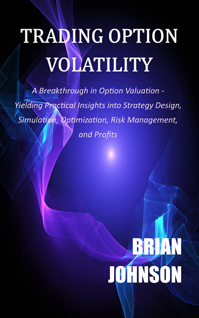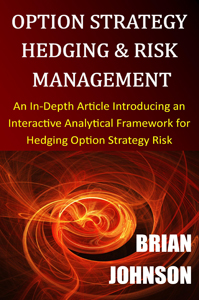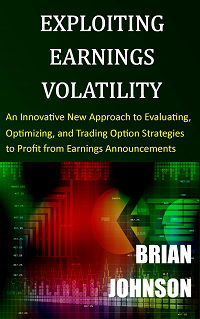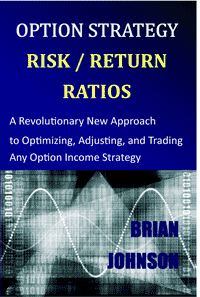Categories
Archives
AI Volatility Edge E-Subscription
OIS Universal Filter E-Subscription
Brian Johnson’s Books
Trader Edge Affiliates
Recent Posts
Recent Comments
- Brian Johnson on Trading Option Volatility Featured in Stocks & Commodities Magazine
- John C on Recession Model Forecast: 10-1-2022
- Recession Model Forecast: 10-1-2022 | Trader Edge on New AI Volatility Edge Platform
- Steve Ginn on Trading Option Volatility Featured in Stocks & Commodities Magazine
- John C on Recession Model Forecast: 03-01-2022
Author’s LinkedIn Profile
Affiliates
Resources
Blogroll
- Abnormal Returns
- Algo Dude
- Chart Swing Trader
- CSS Analytics
- Don't Fear The Bear
- DShort.Com
- Dynamic Hedge
- FactorWave
- Intelligent Trading
- MarketSci Blog
- My Simple Quant
- Nightly Patterns
- NovelInvestor.com
- NYC Trader
- Only VIX
- Option Pit
- Quantifiable Edges
- Quantivity
- Quantocracy
- QUSMA
- Six Figure Investing
- System Trader Success
- The Capital Spectator
- The Relativity Report
- Traders Blog
- Trading the Odds
- Tyler's Trading
- Vix and More
- Volatility Futures & Options
- World Beta
- Zen Trader
Meta
Disclosure
Trading Insights, LLC receives compensation for purchased made through affiliates above.Limitation of Liability
Under no circumstances, including but not limited to negligence, shall Brian Johnson and/or Trading Insights, LLC be liable to you for direct , indirect, incidental, consequential, special, punitive or exemplary damages. Please read the Disclaimer & Terms page in its entirety.
Author Archives: Brian Johnson
Non-Farm Payroll (NFP) Forecast – August 2013
This article presents the Trader Edge aggregate neural network model forecast for the August 2013 non-farm payroll data, which will be released tomorrow morning.
8-30-2013 AAR Strategy Update Posted
The August 30, 2013 AAR Strategy update is now available on the AAR Subscribers page. If you are not currently a subscriber and would like to learn more about the strategy, there is a detailed description on the AAR Strategy … Continue reading
Top 10 Trader Edge Articles
I started Trader Edge almost 18 months ago and it just occurred to me that I had never provided a list of the most popular articles on the site. If you did not get a chance to read these articles … Continue reading
A Practitioner’s Guide to Diversification
Every finance student is taught the benefits of diversification. Some learn the requisite formulas and a few even understand how to apply the formulas in practice. Unfortunately, business schools leave out the most important lesson: the limits and costs of … Continue reading
Recession Risk Still Low in July
The following article updates the diffusion index, recession slack index, aggregate recession model, and aggregate peak-trough model through July 2013.
Posted in Economic Indicators, Fundamental Analysis, Market Timing, Recession Forecasting Model
Tagged aggregate peak-trough model, aggregate recession model, diffusion index, logit model, probit model, recession forecast, recession forecast July 2013, Recession Slack Index, Trader Edge
Leave a comment
Non-Farm Payroll (NFP) Forecast – July 2013
This article presents the Trader Edge aggregate neural network model forecast for the July 2013 non-farm payroll data, which will be released tomorrow morning.
7-31-2013 AAR Strategy Update Posted
The July 31, 2013 AAR Strategy update is now available on the AAR Subscribers page. If you are not currently a subscriber and would like to learn more about the strategy, there is a detailed description on the AAR Strategy … Continue reading
Posted in Asset Allocation Rotational (AAR) Strategy, Futures, Market Timing, Relative Strength, Security Selection, Stocks & ETFs, Strategy Development, Technical Analysis
Tagged asset allocation, asset allocation rotational strategy, COT report, DBC, e-mini S&P 500, EEM, EFA, ETFs, futures, investment strategy subscription, market breadth, relative strength, rotational strategy, sentiment, Trader Edge, US Treasury Note futures
Leave a comment













The Three Things that Move the Market
The equity market seems complex, but it is really much simpler than you think. There are only three things that move the market. The following article will identify the three cause and effect relationships and use this framework to examine … Continue reading →